
The first in a series of history books that belong in every American’s library. Recommendations welcome.
Robert Penn Warren’s John Brown: The Making of a Martyr (1929) has been described as “very much a young man’s book,” for he was young when he wrote it – only 24 – and it pulses with the kind of vitality that comes so naturally from young men. It also challenged the prevailing scholarly opinion about John Brown in a way that only the confidence of omniscient youth allows. Warren, who would go on to a career as one of America’s more famous poets and writers, drew this portrait in such vivid colors that he in a large sense changed the direction of Brown criticism – or at least he vastly accelerated and trend that began with Oswald Garrison Villard’s John Brown, A Biography Fifty Years After – away from the heroic Brown of the late 19th Century to a Brown far more complicated, more troubled, and more troublesome. While this book contains its share of a young man’s mistakes, perhaps it was only a young man with no career to defend who could so fully impeach the career of the Old Man of Harpers Ferry.
The first thing one will notice in reading Penn’s work the masterful sense of irony that is built into the very structure of the book. The chapter titles themselves are each twists of a knife as much as they are variations on a theme. For example, in the chapter on Brown’s business dealings, Penn alleges that Brown had no head for business (as others had found), but also adds that he was addicted to debt, dishonest, short-sighted, greedy, and believed in his own abilities far too readily to take advice from anyone. In short, if anyone had the tools necessary to fail at business over and over, it was John Brown. The title of the chapter? The Merchant Prince. But Warren is not simply taking cheap shots; he is making a point about those who have made Brown the martyr he is disassembling. The phrase “merchant prince” comes from Ralph Waldo Emerson, who said of Brown, “he was a merchant prince, not in the amount of wealth, but in the protection of the interests confided to him.” Warren, for his part, seeks to illustrate how Brown protected no interests but his very own.
In defiance of those who have placed Brown in Kansas solely for the noble purpose of fighting slavery, Warren names his chapter on Brown’s move thereto A Sound Reason, yet we will discover it is not the reason that might be expected. After illustrating that Brown’s wanderlust was a result of his self-service rather than his service to a larger purpose, Warren sums Brown’s real reasoning up in the last sentence of the chapter: “One of his daughters once made a candid remark on the subject: ‘Father said his object in going to Kansas was to see if something would not turn up to his advantage.’ A sound reason.” This chapter, like most of the others, is carefully constructed to deconstruct a specific aspect of Brown’s martyr image.
That irony is often carried down to the paragraph level, and just as often drips over into sarcasm. In the final paragraph of The Merchant Prince, on the fact that Colonel Perkins (Brown’s partner in the wool business) thought the less he said about Brown the better, Warren remarks, “Colonel Perkins … obviously had not read the works of the sage of Concord.” When Governor Reeder decided to accept fraudulent election results in the face of cocked Missouri pistols, Warren remarks that in addition to being an honest and conscientious man, “he was also a good lawyer.” Of Eli Thayer’s explanation that doing right and making lots of money ought to go hand in hand, Warren quips, “Mr. Thayer was not a cynic.” The overall result is that one begins to look forward to finishing a paragraph or a chapter, just to see what little flippancy the author will flip your way. They are not always there, and when there they are not always fair, but they do add to the pleasure of reading the book merely for the joy of reading. Warren is truly an artist in that respect.
In another respect, he’s perhaps too much an artist. While he closely follows Villard and acknowledges a debt to his work, there are times where Warren makes the kind of mistakes (if they are indeed mistakes) that a young artist is wont to make. For example, whatever David Rice Atchison was, he was never Vice President of the United State (p.153). Counsel George Hoyt did not jump up from his seat to ask for postponement of Brown’s trial before Botts and Green were released from service, but after – the effect makes him an uppity junior partner rather than the overwhelmed sole counsel that he was. Warren makes the Compromise of 1850 solely the product of Henry Clay’s effort, with Stephen Douglas lumped into that collection of young buck senators who represented, “a new way, a more bitter way,” of dealing with slavery. The Panic of 1837 is not mentioned; nor are any macroeconomic factors that might have affected Brown’s credit-based ventures. In too many cases, Penn sees Brown as Brown saw Brown: as the sole mover of events and solely responsible for their outcome.
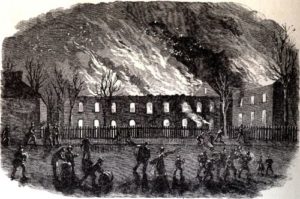
Such – with the exception of Clay’s work – are small deviations from the accepted story. But there is a larger deviation from that story, one that is purposeful and critical to the story that Warren is trying to tell. At Harpers Ferry, Warren creates a picture of a John Brown coming to terms with his failure by realizing that in this one case he has failed to lead by example. “In Virginia,” Warren writes, “he neglected to throw with his own hand that first small stone to start the avalanche, and the avalanche had not occurred.” He has let his humanity get in the way and did not personally set a bloody example, as he did at Pottawatonie. And that made all the difference between success and failure, between glorious victory and crushing defeat.
To make this story work, Warren presents Brown not as the cold, heartless, overseer of the 1856 massacre of five pro-slavery men who lived beside Pottawatomie Creek in Bleeding Kansas, but as the man who kicks the bloodbath off by placing his pistol against the forehead of a live Drury Doyle and blowing his brains out before his men hack Doyle to pieces. It’s not the story told by Villard, who has Brown shooting Doyle after he was dead, but a purposely different one.
It’s not that Warren has no possible historic backing for this juxtaposition of events. James Townsley, a member of Brown’s company at the Pottawatomie Massacre, claimed that Brown had fired the shot first. He did so in the face of the claims of others (both before and after Townsley) that Brown did not do so. So why accept one over the other?
Warren, defended by C. Vann Woodward in the book’s introduction, says he chooses Townsley’s version because when it comes to the statements of the Brown children, “the murderers themselves are on the stand.” Conveniently forgotten is the fact that Townsley is in every way himself one of the murderers. If the Brown children are not to be believed because they are themselves on trial, guilty of these horrific murders and with motives that might make them lie, upon what basis do we accept Townsley’s testimony? For what reason do we ignore his motives? I hope it is for a better reason than that one can tell a better story that way.
The fact that Doyle’s hands and arms were hacked up – like the rest of Brown’s victims that bloody night – can be explained in one of two ways. Either a live Doyle was defending himself against men with machetes, or after he was dead from Brown’s shot, Brown’s men hacked his hands and forearms, in the dark, in a way consistent with a live man protecting himself. It is far more reasonable to accept that Doyle’s wounds were acquired in the same way as four unfortunate others that night, whether it makes a better story or not. Which I suspect is why modern biographers like Stephen Oates follow Villard here rather than Warren.
Warren’s John Brown can best be described as a flim-flam man who died well, a serial murderer with a wanderlust who found a cause wherein better men than him could deify him. “If Brown had no scruple,” he writes, “it was because the end justified the means. The end had justified so much in his life – embezzlement, theft, lying, cruelty, murder.”
In the end, John Brown did not make himself a martyr, nor did Virginia martyr him. Rather the “Emancipation Proclamation, which came when the north had almost forgotten what it was fighting for, defined John Brown and enshrined all the fine things said by Emerson and the rest.” In other words, John Brown was made a martyr because the Union needed a martyr, he was raised a hero because a hero was needed to lead troops into battle. John Brown became a symbol, a totem raised over a bloody national argument about what to do with slavery that had “little concern one way or another about what sort of fellow he really was.”
Warren is convinced that John Brown was a different sort of fellow than others up to his day had been saying. And he has convinced others – even leading historians like Allen Nevins occasionally cite Warren – that he was mostly correct in this assessment.
But perhaps it is a young man’s assessment, from that time of life when lines are sharp and colors are bold and right and wrong so easy to see. Youth is the time of life when a solitary giant can remake the whole world for good or ill without respect to the impersonal forces of economy or geography or happenstance. A giant like John Brown in the pages of this book can walk though life solely responsible for what happens in his wake.
I can’t help the feeling that, just perhaps, young men don’t always have as much perspective as they think they have.

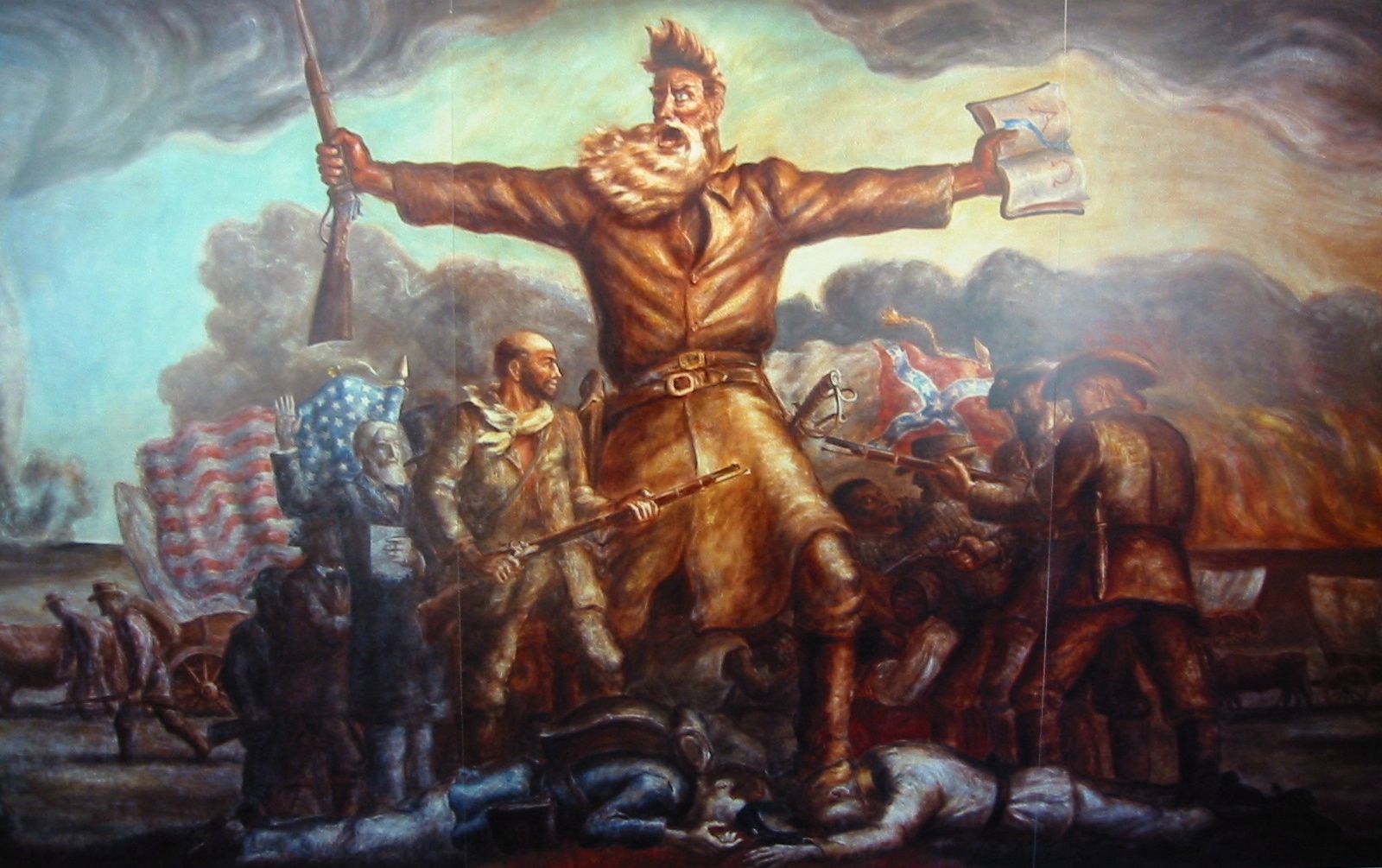


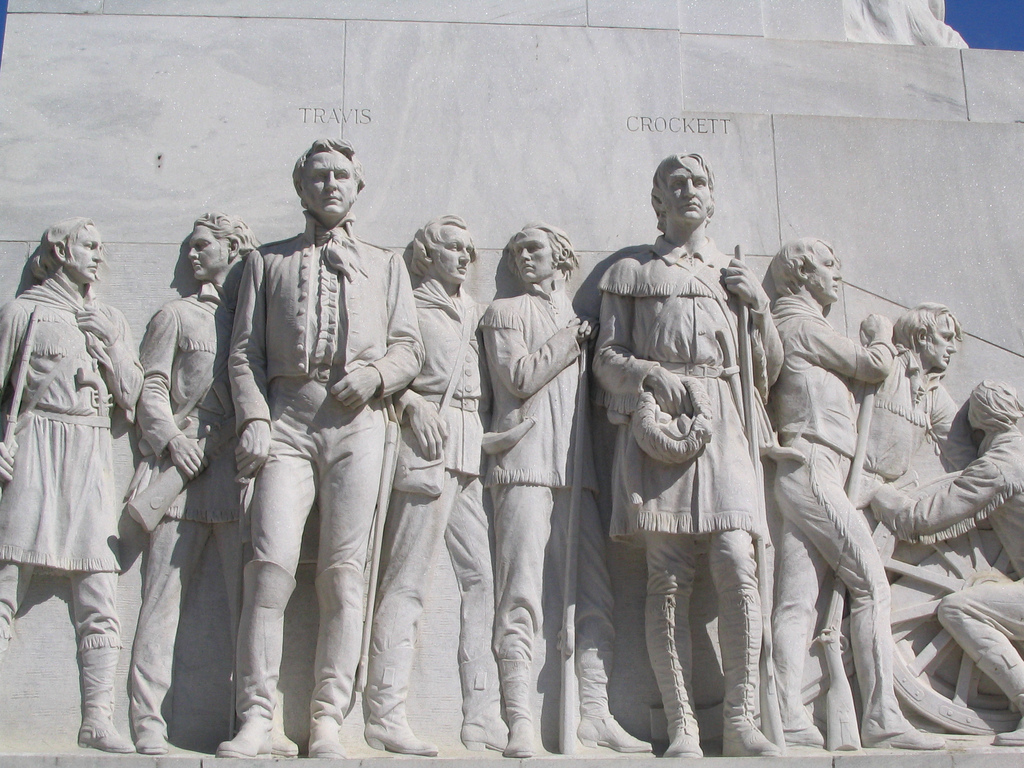

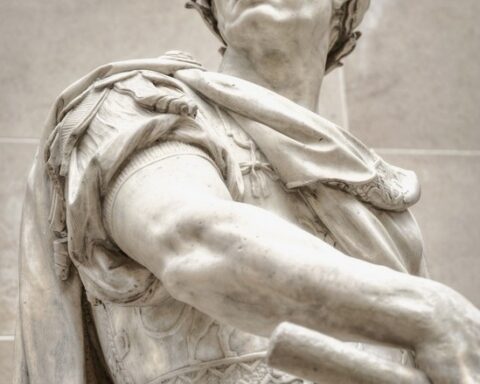
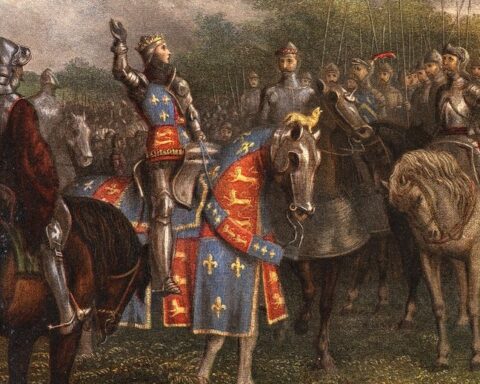
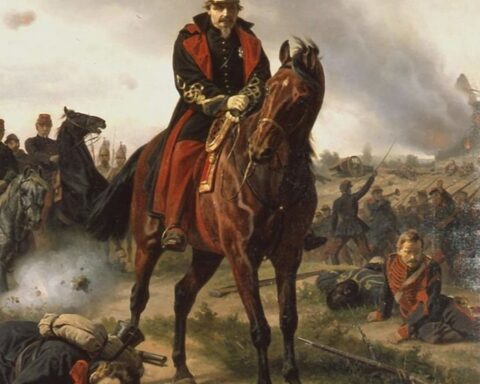
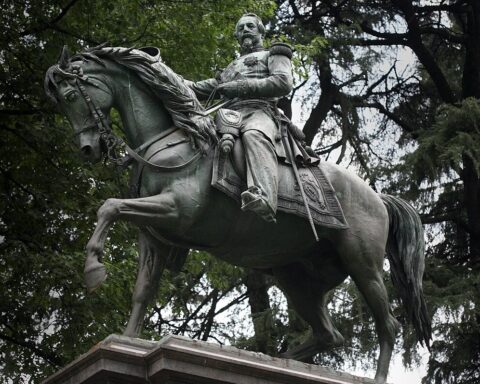
5
1) “But perhaps it is a young man’s assessment, from that time of life when lines are sharp and colors are bold and right and wrong so easy to see.”
2) “I can’t help the feeling that, just perhaps, young men don’t always have as much perspective as they think they have.”
Both statements are correct. So be wise contributors here at this site… as you have already proven to be… we are hungry for every scrap that is given to us. Things are obvious and should be moving! Why don’t we do anything?
Keep on tempering and honing those that come here with your insight.
Balancing the strength and vigor of youth with the wisdom of age is one of the great challenges of mankind. Nothing happens without the former; nothing good happens without the latter.
“In too many cases, Penn sees Brown as Brown saw Brown: as the sole mover of events and solely responsible for their outcome.”
That little sentence, so casually flipped away here, has some of the greatest implications about how one views the world. Is history the tale of the Great Men who wrest reality and the times to bend to their will? Is history the cumulative force of the millions, with one here and there put at the head in the history, because it makes things easier for our finite minds to comprehend?
How one answers the question…well… that gets extrapolated to a lot of areas.